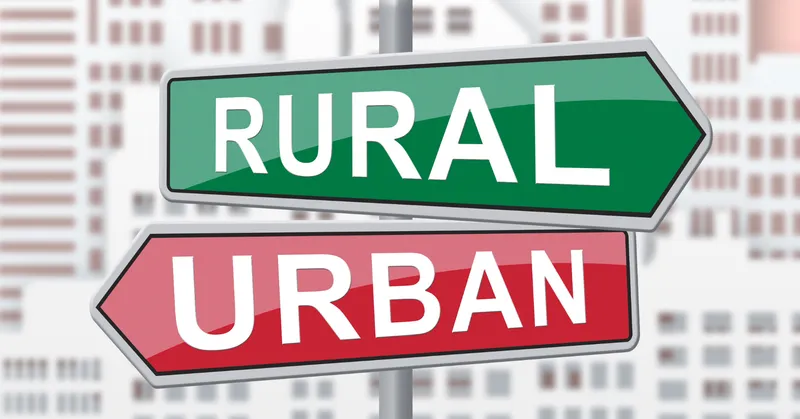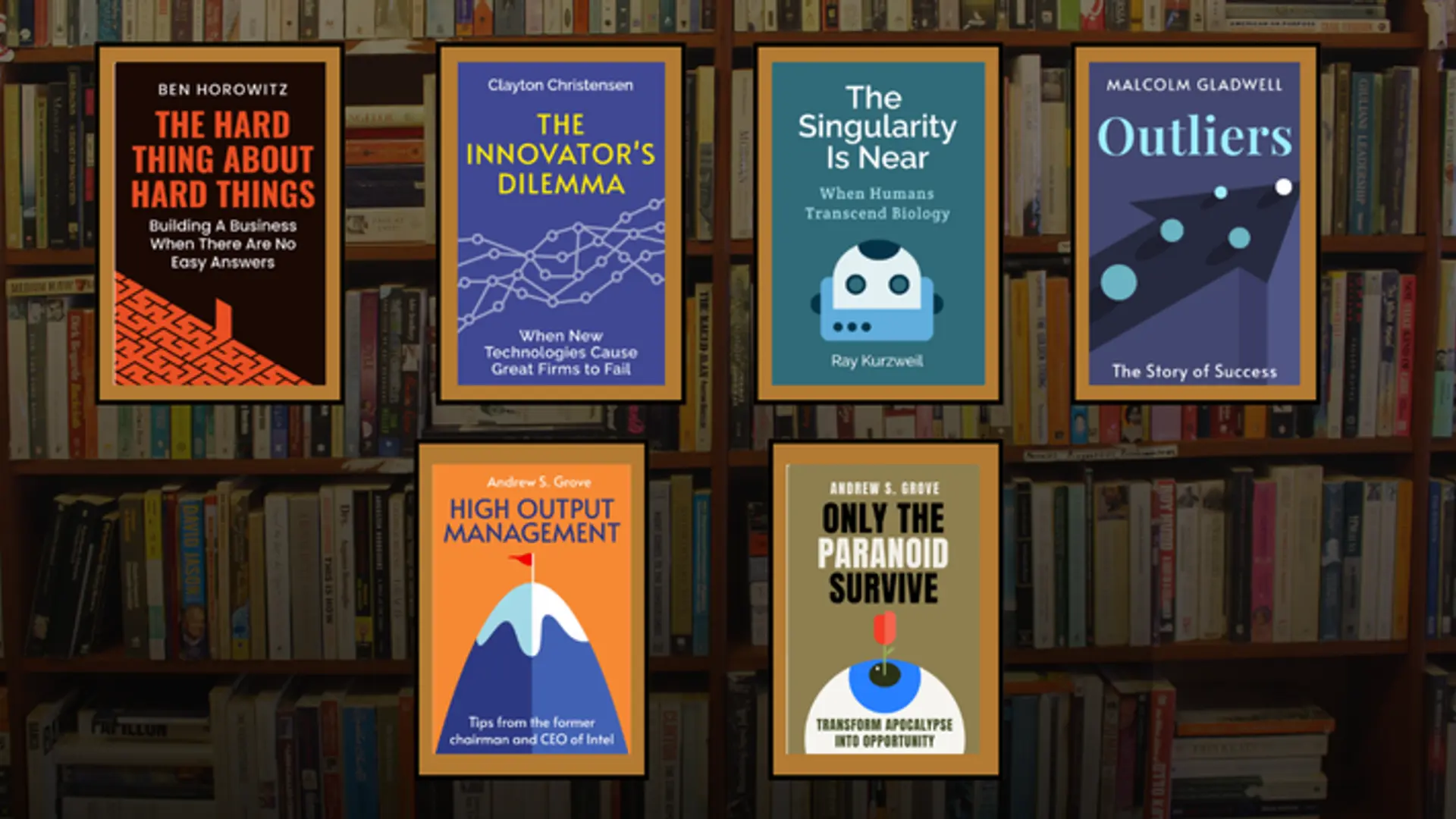India's Spending Story: HCES 2022-23 Reveals Inequality, Inflation Woes, and Regional Disparities
The HCES 2022-23 findings offer valuable data to formulate investment and marketing strategies in India, and promote balanced development across different regions of India!
The recently released Household Consumer Expenditure Survey (HCES) 2022-23 by the National Statistical Office (NSO) provides valuable insights into India's spending patterns. While the report paints a picture of a growing economy, it also sheds light on concerning trends regarding economic inequality, inflationary pressures, and regional disparities.
Here are some of the key findings of the HCES 2022-23:
- Unequal spending: The survey reveals a significant gap in spending between different income groups. The richest 20% of the population account for nearly half (46.2%) of the total consumption expenditure, while the bottom 20% account for only 8.8%. This highlights the need for policies focused on inclusive growth and wealth redistribution.
- Impact of inflation: The report indicates an overall increase in average monthly per capita expenditure (MPCE) compared to the previous survey conducted in 2017-18. However, it's crucial to note that this rise might not entirely reflect an improvement in living standards, as it could be partially attributed to inflation, particularly in essential commodities like food and fuel. This emphasises the need for measures to control inflation and protect the purchasing power of vulnerable populations.
- Regional disparities: The survey also highlights disparities in spending patterns across different states and regions. While states like Goa and Kerala have higher MPCE, states like Bihar and Odisha have significantly lower values. This data suggests a need for targeted investment in infrastructure, education, and healthcare in these regions to bridge the development gap.

In addition to this, the report also emphasiSes on some shifting consumption patterns. The HCES 2022-23 indicates a potential shift in consumption patterns, with a slight decrease in the share of expenditure on food for both rural and urban households compared to the previous survey. This could be attributed to various factors, including urbanisation, rising income levels, and changing lifestyles.
Furthermore, when comparing the rural landscape with respect to urban spending, the survey reveals that the average MPCE in rural India remains lower than in urban India. However, the gap appears to be narrowing, with the rate of increase in rural MPCE exceeding that of urban MPCE in the period between 2011-12 and 2022-23. This trend suggests potential economic progress in rural areas, but further efforts are needed to ensure balanced and inclusive development across both sectors.
Looking ahead
The HCES 2022-23 findings offer valuable data for policymakers to formulate strategies aimed at addressing economic inequality, mitigating the impact of inflation on vulnerable populations, and promoting balanced development across different regions of India. In addition, these insights are widely used by key decision makers in organisations to effectively curate their investment and marketing plan for the Indian market. By acknowledging these challenges and taking targeted measures, the country can strive towards a more equitable and inclusive economic future.
Edited by Roshni Manghnani







